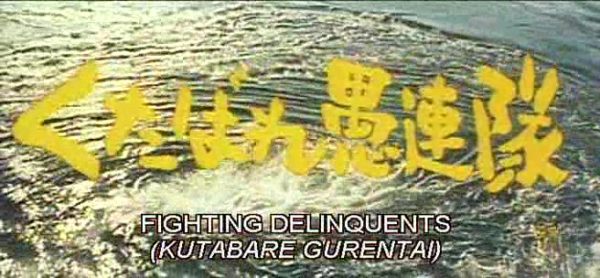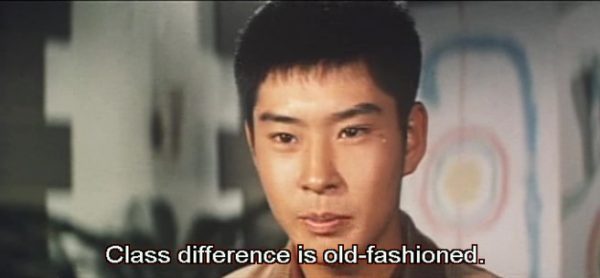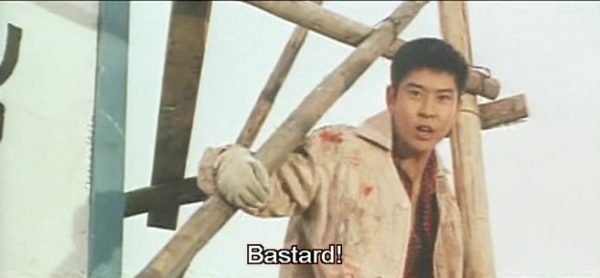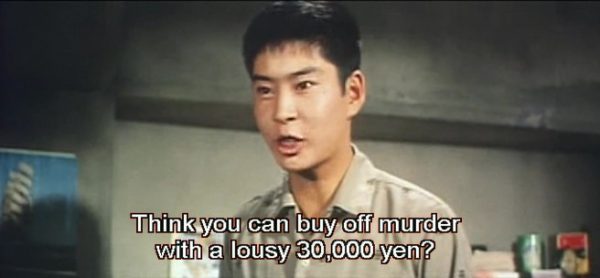Red Pier
aka 赤い波止場 aka Akai Hatoba aka Crimson Seaport aka Red Quay aka The Left Hand of Jiro
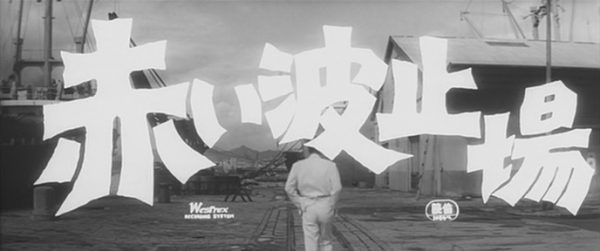
1958![]()
Written by Ichirô Ikeda and Toshio Masuda
Directed by Toshio Masuda
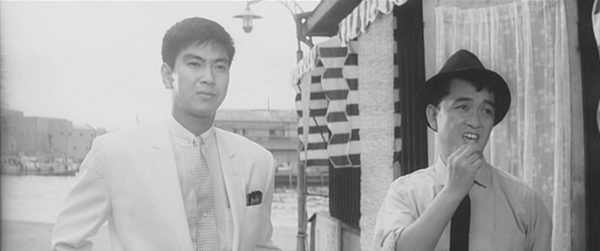
It’s Nikkatsu Action time again! The film genre is so consistently entertaining that it will be a constant reoccurring theme here (or at least the films that have gotten releases on digital media are the entertaining ones, as there are piles of films that still don’t seem to have any sort of legitimate release even with 20 years of cinephiles screaming about it. But we work with what we got, and what we got is Akai Hatoba, aka Red Pier, but also known as Crimson Harvest as well as a few other titles. It’s supposedly a reworking of a French film called Pepe le Moko, but everyone who claims this also mentions they haven’t seen that film, and I’m afraid I have to add myself to that total, so who knows? What I do know is director Toshio Masuda revisited this story a few years later with Velvet Hustler in glorious color. But this is the OG yakuza on a pier outwitting his enemies while also being in love with a lady whose brother he helped kill film.
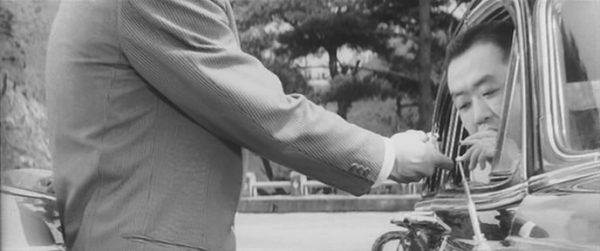
Lefty Jiro (Masuda regular Yujiro Ishihara, I Am Waiting, Rusty Knife) hangs at Kobe Harbor running the joint for his gang. He was formerly from Tokyo, but due to some trouble he’s been hiding out here “keeping a low profile”, in that he’s still involved in people being killed but never with enough evidence for the cops to do anything about it. A cool local policeman, Detective Noro (Shiro Osaka), spends most of his spare time hanging out at the harbor determined to catch Jiro doing something bad, but also sort of likes him as a friend. Noro is always snacking on something, and is around so much the other criminal elements tolerate his presence even if they know they have to do extra work to snark around behind his back.
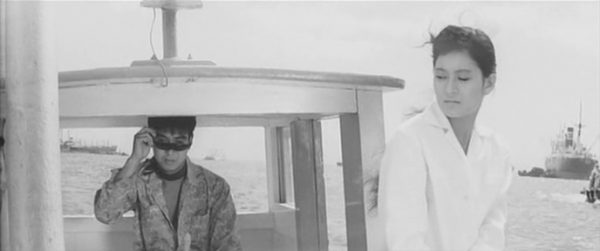
Continue reading

